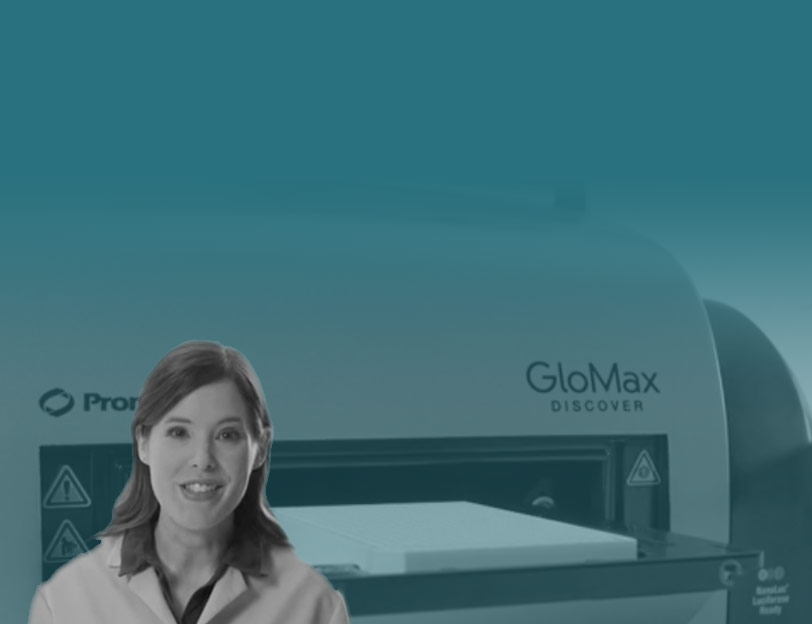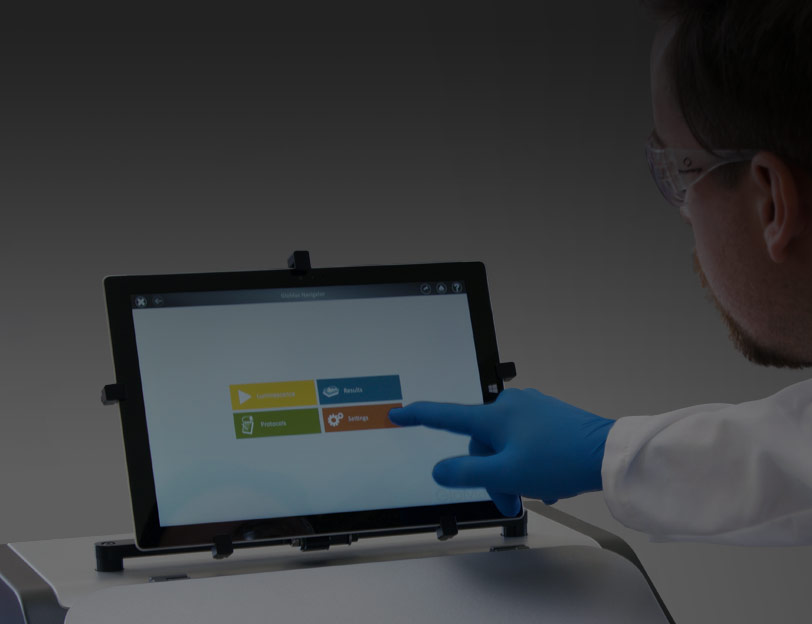Plate Readers
We offer a range of high-performance, easy-to-use plate readers, luminometers and fluorometers designed to work seamlessly with Promega Bioassays, Cell Health and Metabolism, and Genetic Reporter Assays. These instruments provide a range of options for your throughput needs, from simple luminescence detection to advanced plate readers with luminescence, fluorescence, UV-Visible absorbance, BRET and FRET, filtered luminescence and kinetic measurement capabilities.
All GloMax® plate readers come with integrated software that makes data analysis easy and are preloaded with protocols that allow you to run assays at the touch of a button.
Plate Reader Product Groups
Top Plate Reader Products for Your Lab
An Introduction to Plate Readers
Many biological assays use bioluminescent, fluorescent or colorimetric reactions to generate a signal, which must be quantified to interpret the experimental result.
Luminescence and fluorescence signals are detected and quantified using luminometers and fluorometers, respectively, and colorimetric and absorbance measurements are detected by light absorption at specific wavelengths. If the assay is conducted in a microwell plate, the light output from these assays is measured using a microplate reader (or plate reader).
Luminometers and fluorometers range from simple, handheld devices to sophisticated microplate readers that can be integrated with automated systems for high-throughput sample analysis.
Key features to evaluate when choosing a luminescence, fluorescence or absorbance detection system include throughput needs (how many assays will you run?), flexibility (what types of assays will you be running?), portability (where will you be using the instrument?) and ease of use (how much set-up and training is required?).
Considering the number and the types of assays you plan to run will determine the detection modalities and throughput capacity that you need, and whether a dedicated luminometer, a multimode reader, or a simple fluorometer will meet your needs. If you anticipate that your needs will change over time, plate readers that offer modular formats, allowing extensibility to a broader range of assays in the future, are a good choice.



